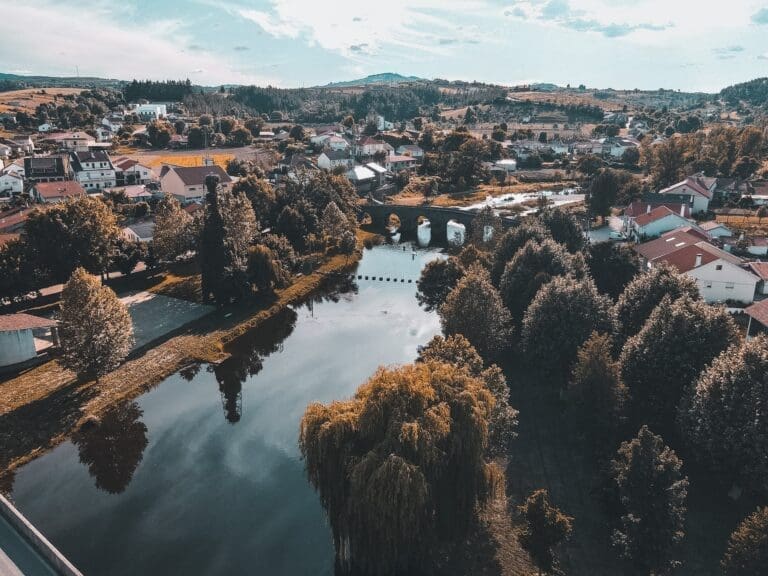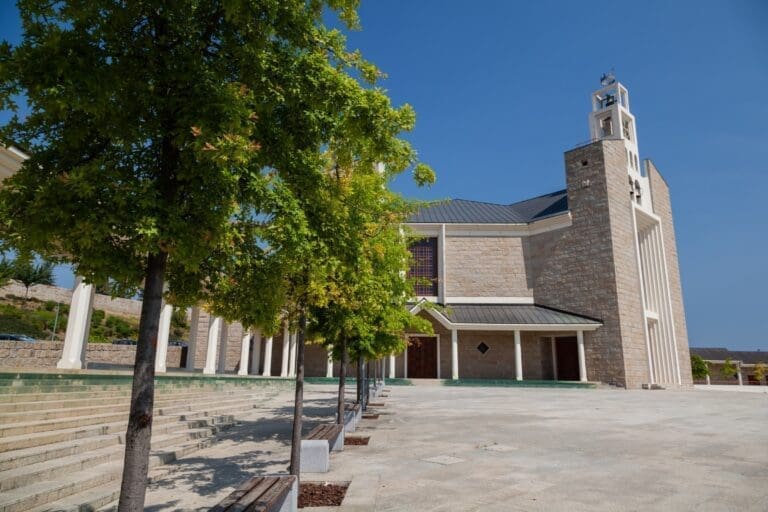In 1187, D. Sancho I granted the first charter to the inhabitants of the town of Bragança. The monarch exchanged the inheritance of Benquerença with the Mosteiro de Castro de Avelãs, with the intention of founding a new town there and shortly after, in March 1188, he granted a quantity of money for the construction of its first walls. The king intended to guarantee a more effective control of the border of Trás-os-Montes.
Perhaps because he understood the strategic importance of the fortification, the king D. Dinis (1279 – 1325) greatly increased the fortification works of the castle (another “new castle” of the many that were built in his time), providing it with a second perimeter wall, in barbican style, of which we can still see vestiges on the north side of the beacon. On this castle, or from it, was built what we can see today.
Later, under the reign of D. Fernando I (1367 – 1383), the fortress received works of improvement.
The fortification that we see today was ordered to be built by D. João I, in 1409, and the work continued for decades, spanning the reigns of D. Duarte (1433 – 1438) and D. Afonso V (1438). – 1481). It was only finished in 1449.
From 1855, the facilities were used to accommodate the Battalion of Hunters No. 3 and later, between 1901 and 1937, the Infantry Regiment No. 10, returning to occupy the Battalion of Hunters No. 3 until 1960.
Classified as a National Monument in 1910, the castle that today stands before our eyes occupies an area of 3.2 hectares and has a perimeter of approximately 670 meters. Its walled area, with an irregular oval layout, is cut out by pyramidal-shaped walls and marked by 23 towers, of which 10 are cubic, 2 are hexagonal and 11 are quadrangular.

 Bragança, Northern Portugal
Bragança, Northern Portugal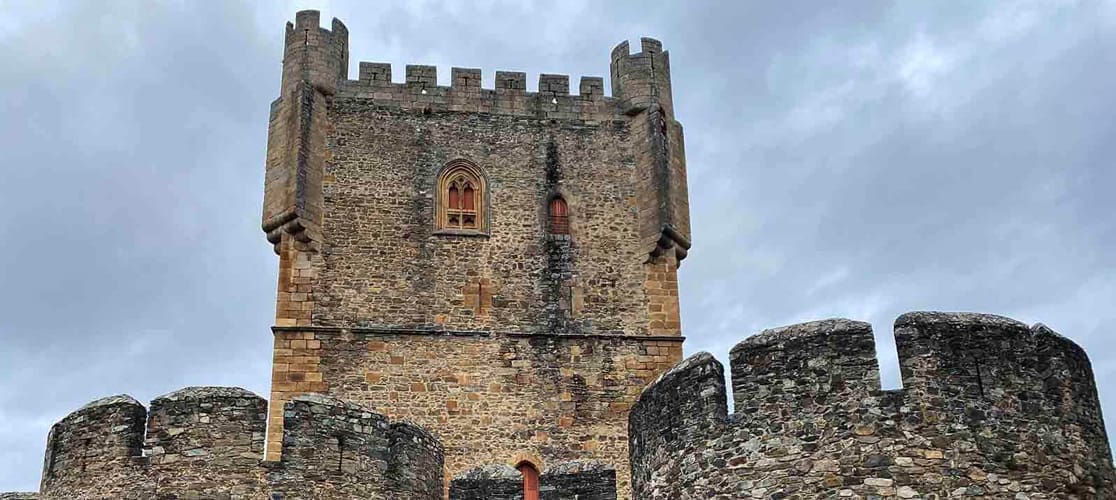
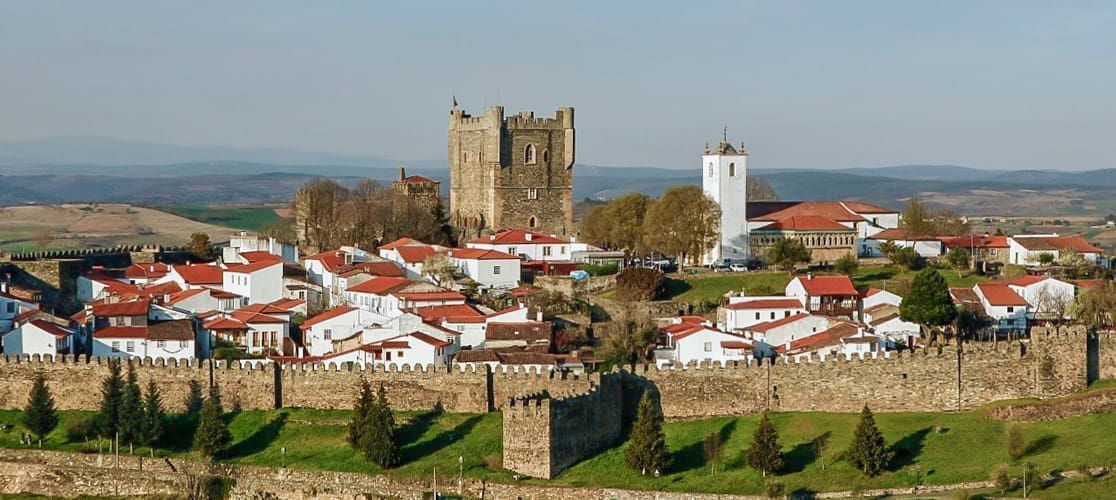
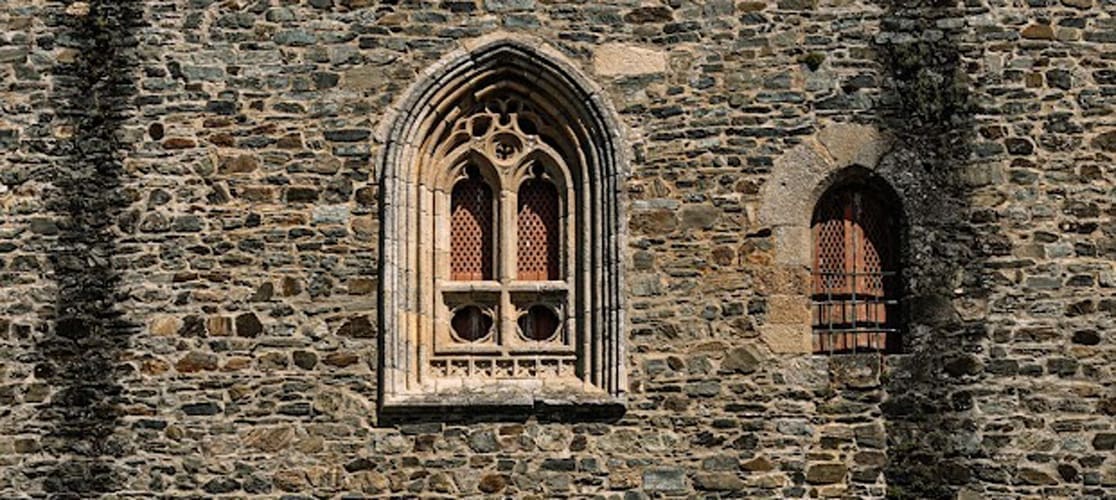





 Página Web
Página Web 
